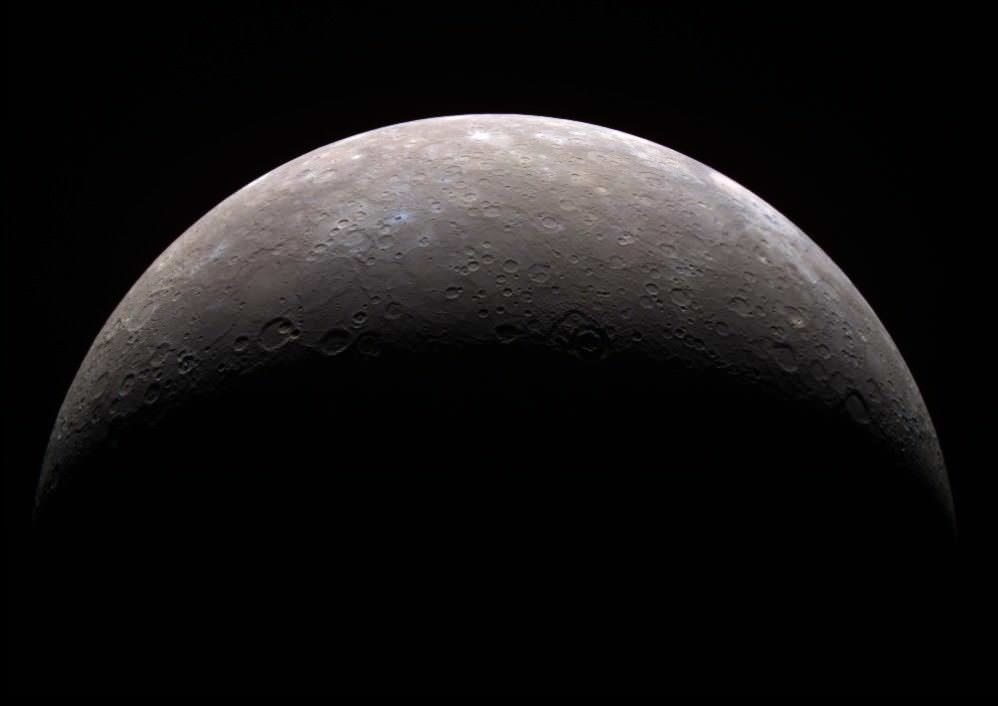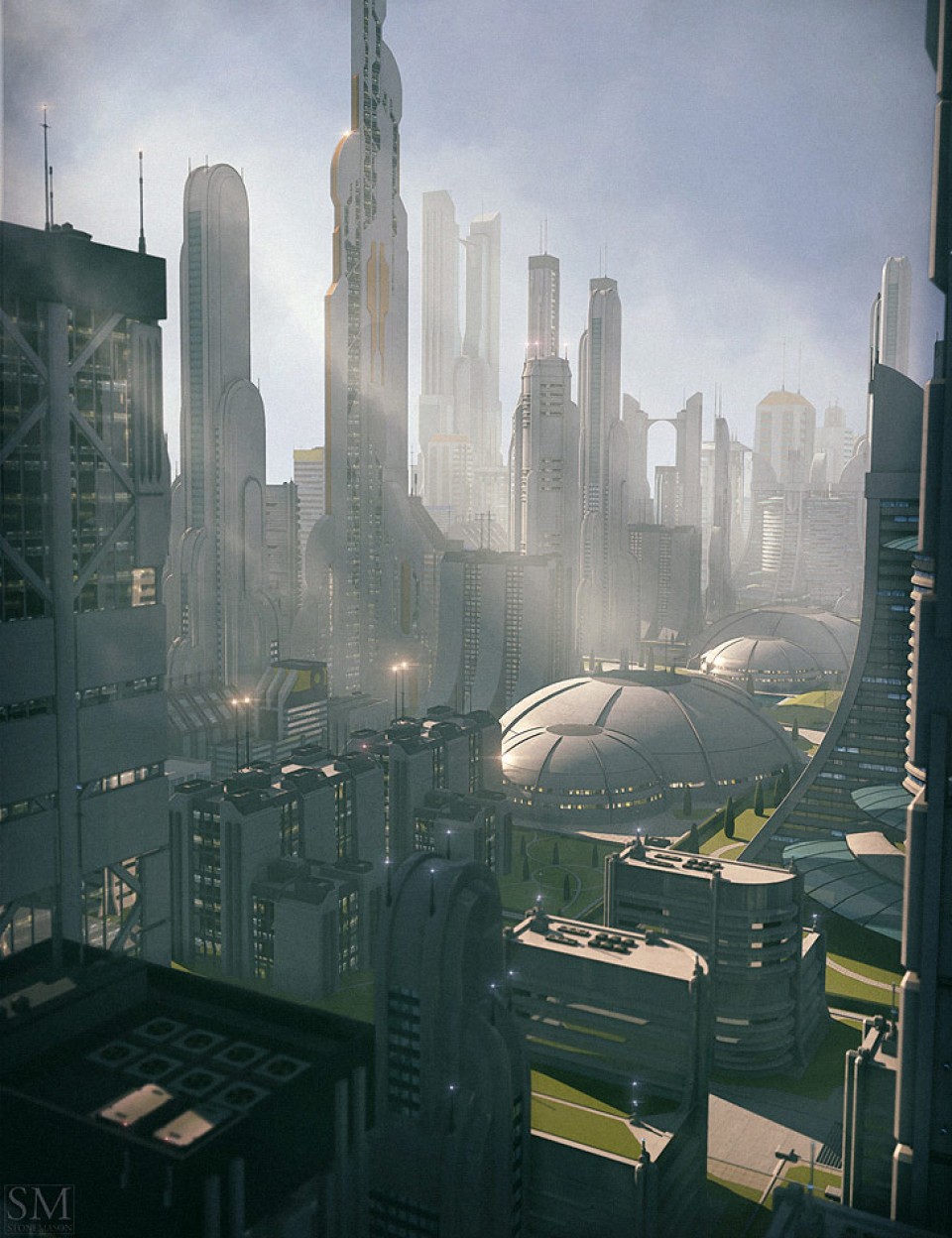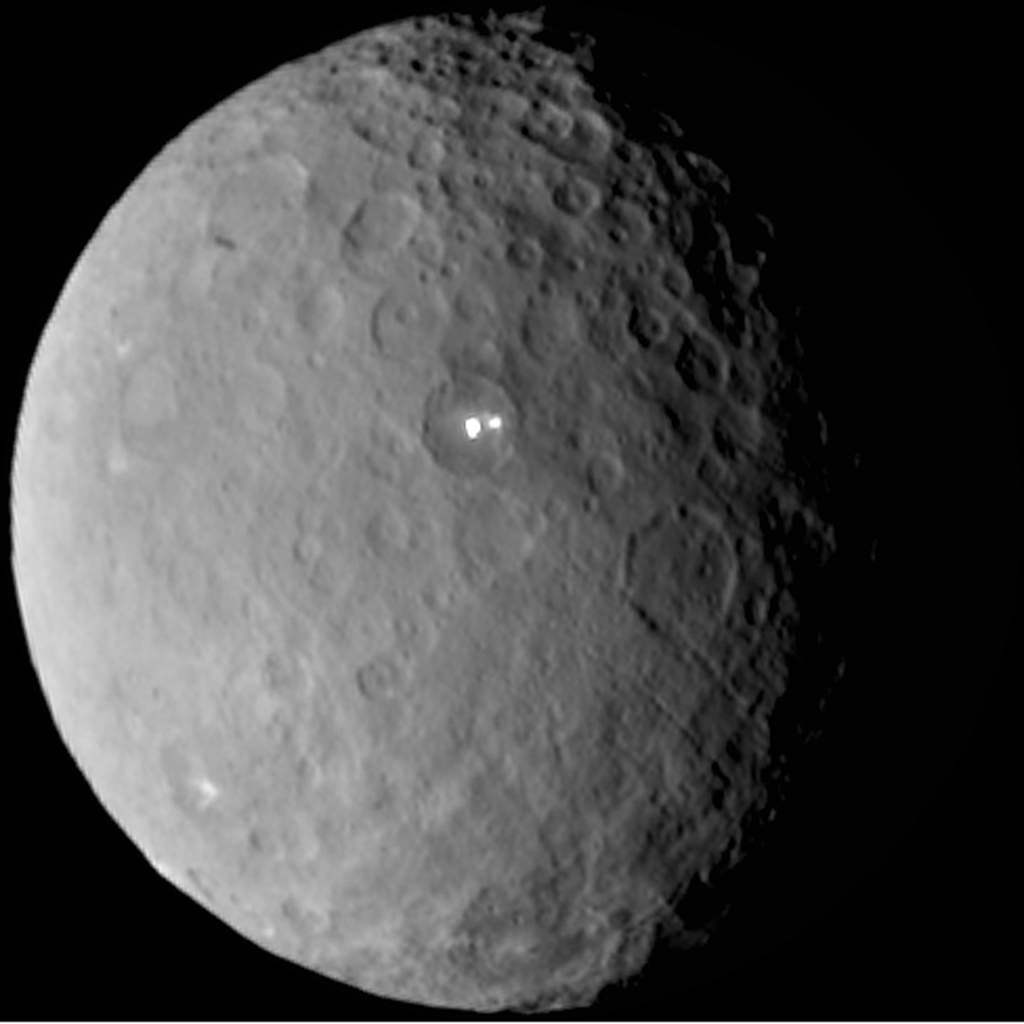Deleted member 105545
NOVO TERRA:

Novo Terra is one of the first planets colonized by Man.
Seeing as it is filled with dangerous Alien Wildlife, it is now mainly only used as a refueling station, as it is abundant with Natural Gas from the Xenofungiimajora[1] which produces large quantities of Methane and Hydrogen hidden in large caves that the earth-eating Humuscomedenta Megalaspinax, better known as Novan Cave Worms, create.
Trips to Novo Terra on the IGTN cost about T$2,000,000.
The Governate of Novo Terra is a Military Outpost, currently controlled by Commander Ajax Whitkins.

Novo Terra is one of the first planets colonized by Man.
Seeing as it is filled with dangerous Alien Wildlife, it is now mainly only used as a refueling station, as it is abundant with Natural Gas from the Xenofungiimajora[1] which produces large quantities of Methane and Hydrogen hidden in large caves that the earth-eating Humuscomedenta Megalaspinax, better known as Novan Cave Worms, create.
Trips to Novo Terra on the IGTN cost about T$2,000,000.
The Governate of Novo Terra is a Military Outpost, currently controlled by Commander Ajax Whitkins.






















